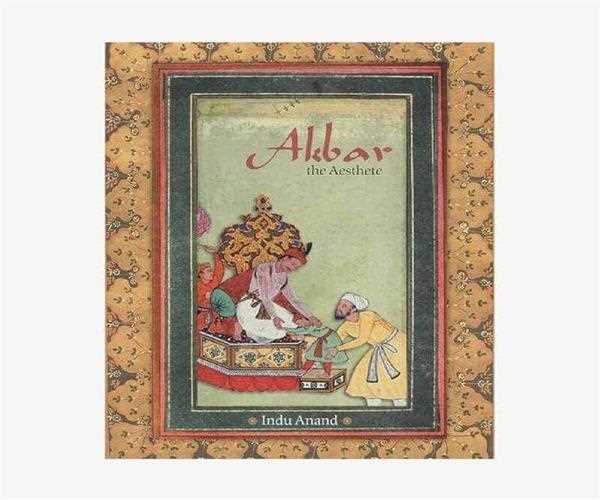Mughal miniatures provide a realistic depiction of the Mughal era's cultural and sociopolitical landscape. The most powerful Mughal emperor, Jalal-ud-Din Muhammad Akbar, was a renowned aesthete and patron of the arts. Eminent Persian and Indian artists flocked to his Royal Studio, where they were encouraged to create a plethora of expressive miniatures that communicated very complex storylines. These miniatures are a lovely embodiment of human emotions, eloquently capturing historical moments for posterity.
This book examines a chosen number of paintings from Akbar's reign, combining the sources and techniques of Mughal history and art history. The miniature paintings cover a wide range of topics, including durbar scenes, which depict Akbar in various moods and forms, princes and nobles in their finery, hunting and battle scenes, elaborate scenes of royal births, construction scenes, ascetics, common man, and countryside scenes, as well as flora and fauna. Individual examinations of these miniatures demonstrate the way they were made and the underlying significance of their sociocultural content in a dynamic way. These paintings were a hobby and a diversion for Akbar, who possessed a natural sense of aesthetics.

However, there are very few true-to-life paintings of royal seraglio women. As a result, this book tries to cover several images of femininity, such as Queen Alanquwa, Akbar's mother, or Madonna as sacred moms, as well as women in general. These miniatures make one question how important these women were in Mughal India's life.
This one-of-a-kind volume provides an insight into Akbar as an aesthete, and will aid academics and laypeople alike in appreciating the beauty and history of Akbar's period by providing transliteration and translation of the original Persian text of the miniatures.
About Author:
Dr. Indu Anand is a well-known academician and educator. She is currently the Principal of the University of Delhi's Janki Devi Memorial College. She was awarded a British Council-sponsored Charles Wallace India Trust fellowship to study Art History at Cambridge.
She has lectured in the United States to increase Americans' understanding of Islamic civilization and history as a Fulbright Scholar under the Fulbright Visiting Specialist Program –Direct Access to the Muslim World.